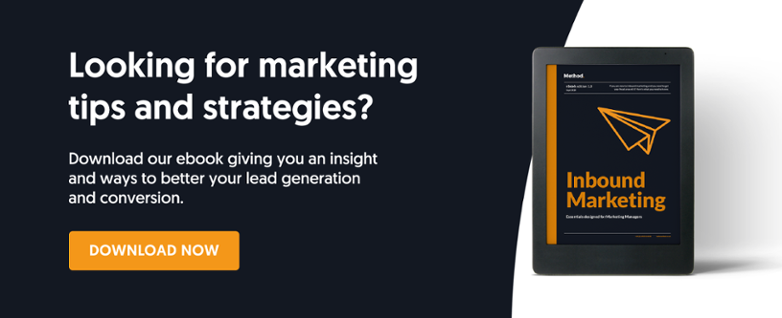Do you remember that ominous tweet from Elon Musk back in April? He wrote
"And soon we shall bid adieu to the Twitter brand and, gradually, all the birds.”
Ominous.
Well, the curtains on Musk’s personal take on ‘bye bye Birdy’ have officially opened, and the whole world has front-row seats.
And if you listen closely, you can hear Facebook, TikTok and Instagram loudly munching on their popcorn while the rest of us sit there with open jaws and raised brows.
Move aside Oppenheimer, there’s a new drama making explosions across the internet.
What is X?
If you've kept up with Musk's activities over the years, you might already be familiar with X. His company is called X Corp. His AI company is called xAI, and Space X, known for its Starlink satellites and (sometimes) returning unmanned spacecraft. He even called his child X.
So it's not overly surprising that he's rebranded Twitter under the same name.
X aims to:
- Return the freedom of speech
- Transform Twitter into an 'everything app'
- Create a global marketplace
- Incorporate video, audio, messaging, banking/payments
- Establish a marketplace offering goods and services
- Offer a space to share new ideas and create opportunities
So what will change?
Well, Musk has taken a leaf out of the super-app book. The Chinese super-app WeChat has proven to be highly successful across Asia, and Musk aims to replicate the same success in the West.
X is designed as an all-in-one app that essentially covers all bases. Musk strives to create an environment where users can interact with “comprehensive communications and the ability to conduct your entire financial world.”
Essentially, it's just one big melting pot of app features combined together. You can stay connected and current, whilst managing purchases at the same time.
It's a bad breakup when X's are involved.
It's not a smooth breakup for avid Twitter users. It's an undeniably jolty transition.
To be fair, Twitter was sort of dying a painful death, especially when it came to marketing.
Yet it needs to be said, no one likes change. Especially when something has become so ingrained into the fabric of our everyday. Plus, Twitter has laid the foundations for many of the social media commonalities we use now: DMs, hashtags, and followers. It was doing it before Instagram was cool.
Twitter still had its loyal old timers, the up-to-date professionals with thumbs hovering over the hashtag key, always in the know.
Clearly, Musk is taking advantage of the 330 million active users, and shifting the whole brand in just a snap of his fingers before anyone has time to delete the app. It wasn't about gaining new users but rather reinventing Twitter into a completely different thing, something he believes will gain more popularity.
X-plain?
And in terms of the branding itself, Twitter lovers aren’t taking too lightly to the change in the app. In a classic and not at all shocking Musk style, the soft blue bird was gone overnight and the gritty-looking X slashed its way onto our screens.
His bio even reads ‘Blades of Glory’ – albeit a blockchain reference, this has an echo of aggression to it. It almost sounds like lines you'd hear in some medieval fantasy piece, yelled by a king that has just won victory. What's more, the word 'blades' weaponises the logo, a definite gear shift from the cartoonish simple blue bird we’ve all become used to over the last 17 years (yep, 17 years).
It can’t be said exactly what Musk plans for the platform in time to come, but he has confirmed that tweets will become X’s. Forbes very validly shades this with a few solid points. Firstly, X’s sounds like ‘ex’s’, which suggests a miscommunication, or an ended relationship. Not exactly a driver of communication (Forbes, 2023).
And what does the past tense of that become? Are we going to start saying ‘I ‘exed’ the news'?
Freedom of speech or allowing hate groups?
Of course, once you grant access for hate speech to return (and the comeback makes global news), all the hate speech is going to come back with a bang.
This aspect is a slightly worrying comeback from Musk, particularly when Twitter aimed to make the platform a wholly inclusive environment. It previously banned accounts that were posting racist, abusive, sexist, and antisocial comments.
But Musk is reversing all that. For example, Kanye West's controversial account Ye has been reinstated although he posted antisemitic comments in 2022.
What does this mean for marketers?
So, what will these mean for businesses using Twitter for their marketing?
Of course, the pre-existing audiences are still there. The rebrand hasn’t made audiences unfollow their favourite brands overnight. X’s ‘business’ section clarifies ‘Your audience is already on X and they can’t wait to connect with you.’
In fact, in a very sweeping statement, X reckons that its users are more interested in brand culture compared to the ‘general population.’ But that was always the case with Twitter.
However, the marketing gurus are calling it ‘another headache for marketers’, as many are unsure which random and sporadic updates Musk will make (Digiday, 2023). This makes it difficult to identify and maintain a future strategy in the same way that we can with Instagram and Facebook.
The best thing is to watch out and keep a close eye on the progression of X – as it seems to be in this hybrid phase of in-between development.
- Give your audiences time to readjust to the new platform
- Recognise the rebrand to integrate your brand with the new layouts
- Keep up to date with any in-app changes
- Keep track of follower activity
- Stay involved with brand conversations
It’s probably just best to continue using X as you would Twitter. Because for now, the function is pretty much the same, and the follower lists remain as they did.
The rebrand has defamiliarized the UX and aesthetic of the platform itself. So while the app appears to be foreign territory, it’s probably best to retain your brand’s element of familiarity. Stay connected to your audience while waiting with bated breath as X continues to answer its own question, 'what's happening now?'




